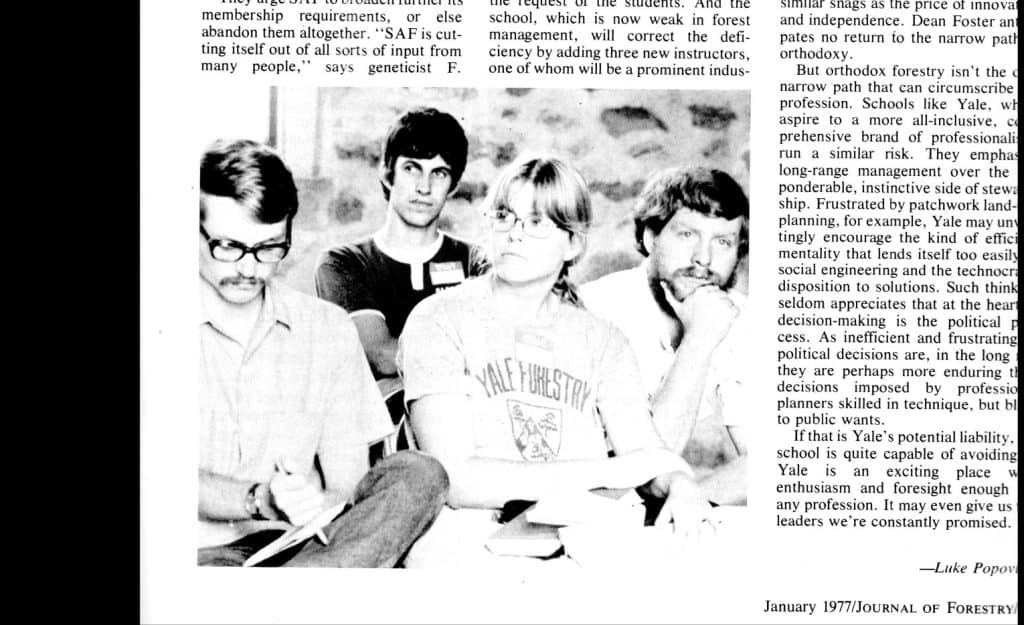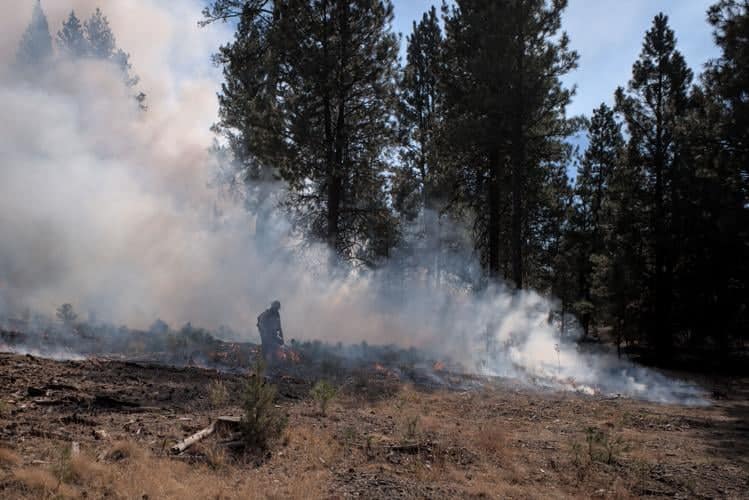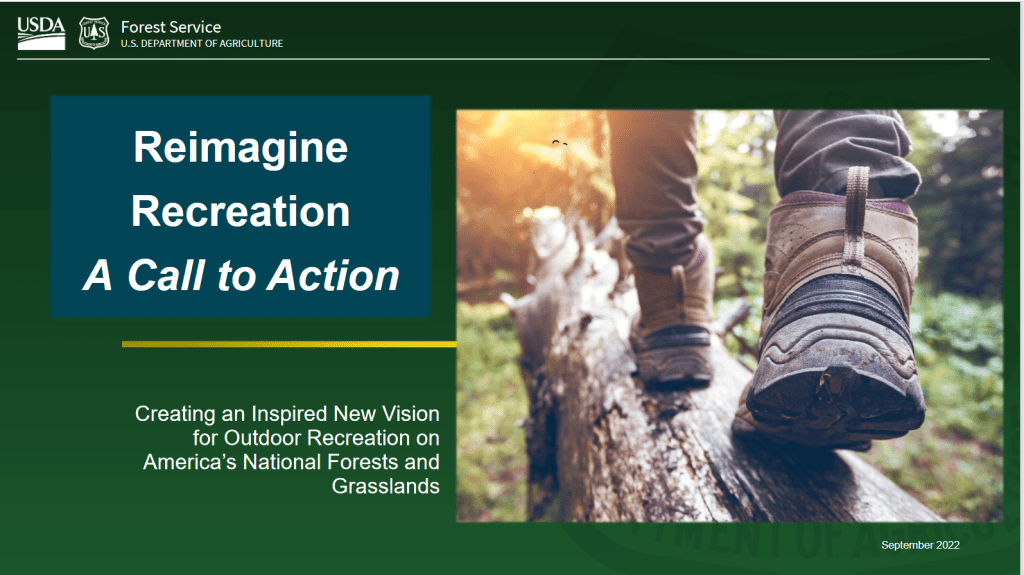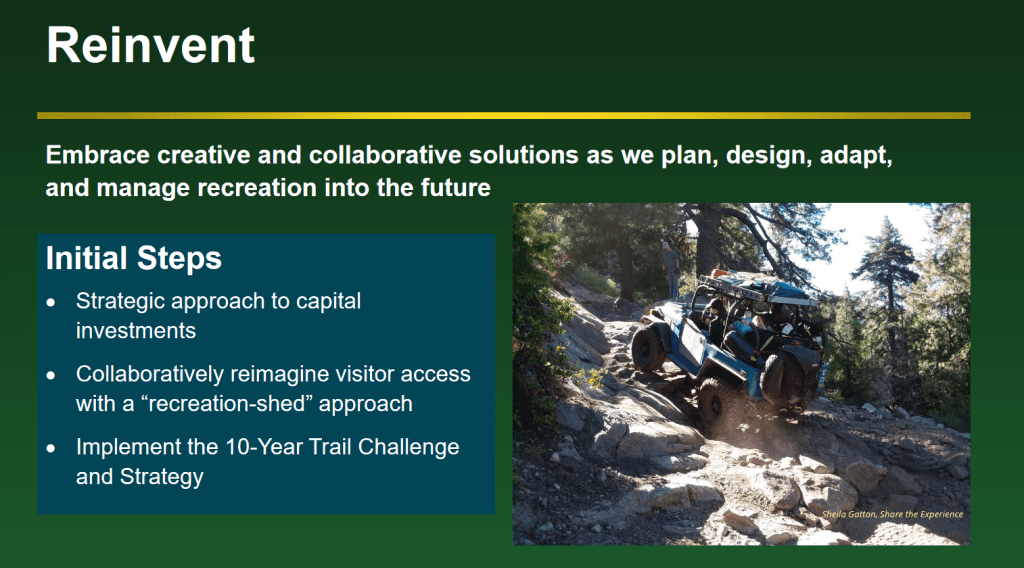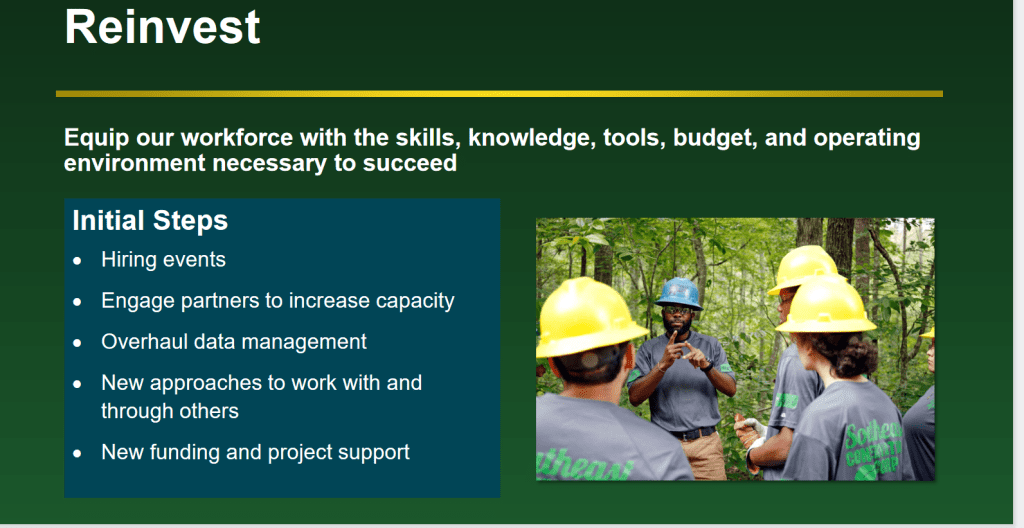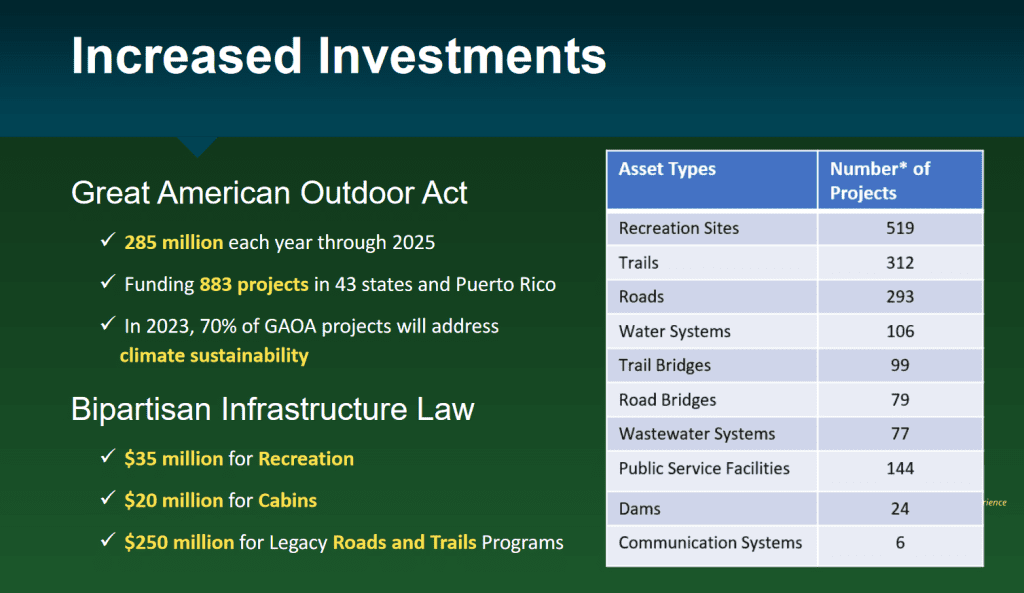
On October 11, the widow of a volunteer who died preparing for the 2021 Bighorn Sheep Count in California’s Anza-Borrego Desert State Park filed a wrongful death lawsuit this week against state parks officials, alleging the event was unsafe due to triple-digit temperatures in the region. The suit alleges state parks employees should have known high heat (which reached 116 degrees) would endanger volunteers, including 68-year-old Donald White Jr., who died of environmental hypothermia. The complaint alleges “negligent and reckless conduct” by the state. (California’s Tort Claims Act may be different from federal law.)
New lawsuit: Preserve Wild Santee v. City of Santee (California Superior Court)
On October 14, four conservation groups sued a city in San Diego County (again) for approving the Fanita Ranch Project in a state-designated Very High Fire Hazard Severity Zone. The Project would include 2,900 to 3,000 residential units, commercial structures, a road network, and other infrastructure. One claim involves the California state version of NEPA (CEQA) and failure to analyze effects on, among other things, special status wildlife and plant species, and wildfire and wildfire safety. The news release from the Center for Biological Diversity includes a link to the complaint.
On October 19, the Center for Biological Diversity notified the State of Arizona that it would sue to force the state to remove shipping containers it is placing on the Mexican border, which plaintiff alleges violate the Endangered Species Act because they obstruct “one of the last established endangered jaguars and ocelot movement corridors between Mexico and the United States.” On October 7, the Coronado National Forest had notified the State that the containers on national forest lands are an unauthorized use, and that they require a special use permit. On October 13, the U. S. Department of Interior also advised that containers were trespassing on Bureau of Reclamation lands and an Indian reservation. Arizona then sued the Forest Service and Bureau of Reclamation. On November 2, the Center for Biological Diversity asked to intervene in this lawsuit on the side of the United States.
On October 19, WildEarth Guardians, Western Watersheds Project, and Caldera Action filed a notice of intent to sue the National Park Service over Endangered Species Act violations related to illegal livestock grazing in the Valles Caldera National Preserve in the Jemez Mountains of northern New Mexico. They allege cattle have illegally entered the Preserve from neighboring Forest Service grazing allotments. The press release includes a link to the Notice.
Court decision in Cascade Forest Conservancy v. U. S. Forest Service (9th Cir.)
On October 19, the circuit court affirmed the district court’s holding that the Forest Service did not violate NEPA in approving construction of a temporary road across a pumice plain in Mount St. Helens National Monument on the Gifford Pinchot National Forest to repair a drainage structure on Spirit Lake. The court also allowed a project-specific amendment to the forest plan, and approved the Forest Service’s application of 2012 Planning Rule requirements to that amendment. The opinion is here.
Court decision in Rocky Mountain Wild v. Dallas (D. Colo.)
On October 20, the district court found that the Forest Service decision to approve an access road to an inholding of private land slated for a mountaintop resort was based on inadequate NEPA analysis. This was the third court reversal for different versions of the proposal to develop the Wolf Creek Pass area within the Rio Grande National Forest. The article includes a link to the opinion. Plaintiffs’ account is here.
Court decision in Missouri v. Biden (8th Cir.)
On October 21, the circuit court affirmed a district court holding that dismissed an attempt by several states to enjoin the Biden Administration’s executive order to identify the social cost of greenhouse gases and consider those estimates in evaluating agency proposals. Plaintiffs failed to establish standing to sue because they would not be harmed unless unknown future decisions are based on the results of this order.
New lawsuit: Aland v. U. S. Department of the Interior (N.D. Ill.)
On October 21, Robert H. Aland, a retired lawyer residing in Illlinois, who has been involved in grizzly bear litigation, filed a lawsuit seeking to have the Director of the U. S. Fish and Wildlife Service Martha Williams removed because she does not meet the statutory qualifications for that position: “scientific education and experience.” She is an attorney who has experience in government administration of wildlife programs. He believes her participation in agency decisions would “contaminate” them and risk reversal under judicial review. (It brings to mind a recent controversy regarding the BLM Director.)
Settlement in Center for Biological Diversity v. U. S. Fish and Wildlife Service (D. Ariz.)
On October 24, the U.S. Fish and Wildlife Service agreed to a deadline of December 2024 to determine whether Suckley’s cuckoo bumblebees warrant protection under the Endangered Species Act. These parasitic bees were once common in prairies, meadows and grasslands across the western United States but have now been lost across more than 50% of their historic range. The FWS had found that they “may be warranted’ for listing in May, 2021, and should have made a final determination within 12 months. The press release includes a link to the stipulated settlement.
Settlement of administrative objections
Bighorn Audubon Society, Forest Service Employees for Environmental Ethics, Western Watersheds Project, Council for the Bighorn Range and Bighorn Native Plant Society, have agreed to drop their administrative objections to a proposal by the Bighorn National Forest to kill “invasive” rangeland species, including up to 76,000 acres of native sagebrush and several hundred acres of native larkspur. This was the result of the Forest Service agreeing that, “all sagebrush treatments, as well treatments of other native plants, to include duncecap larkspur” would be dropped from the plan.
Notice of intent to sue
On October 25, the Center for Biological Diversity notified the U. S. Fish and Wildlife Service of its intent to sue (again) for failing to publish a final listing determination for Tiehm’s buckwheat. The species is threatened by a proposed lithium mine on BLM land between Reno and Las Vegas, and the FWS had proposed listing it more than a year ago. The press release includes a link to the notice. Here is additional background, and we discussed this here.
Intervenors in Center for Biological Diversity v. U. S. Forest Service (D. Mont.)
On October 28, the Kootenai Tribe of Idaho was granted intervention as a defendant in this lawsuit against the Black Ram Project on the Kootenai National Forest. According to the court, “The Tribe’s interest in the Project stems from the Tribe’s ancestral and ongoing relationship with the land and natural resources in the Project area … the Tribe also supports the Project …”
New lawsuit: State of Alaska v. U.S.A. (D. Alaska)
On November 1, the state filed a quiet title action claiming ownership of submerged land underlying Mendenhall Lake and the Mendenhall River at the base of Mendenhall Glacier within the Tongass National Forest. The case is expected to hinge on the definition of “navigable” waters, and success is expected to lead to use of motorboats on the lake. This is part of larger strategy being pursued by the state. The article includes a link to the complaint.

